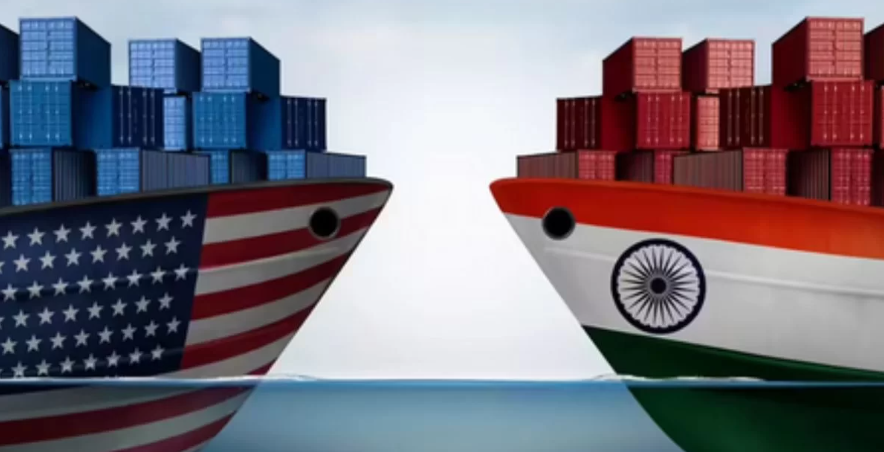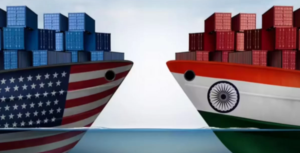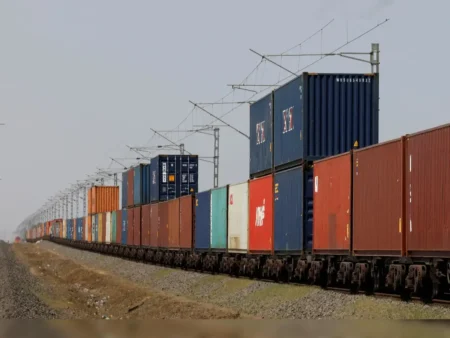Firms expand shipments to Africa/Europe while maintaining US buyers via discounts and extended delivery windows.

Even if US tariffs of up to 50% continue to burden certain industries, New Delhi’s bargaining position in its continuing trade talks with Washington has been boosted by India’s solid economic foundation and a smaller-than-expected decline in exports to the US, according to sources.
October’s exports to the US came to $6.3 billion, a decrease of 8.6% from the same month last year. The decline is still negative, but it is better than the 12% contraction in September, which was the first month to fully reflect the impact of the hefty 50% tariff. Indian officials are now more confident in following a cautious, long-term plan due to the very minor impact.
According to a senior government source who spoke to sources, “We have so far avoided the harshest consequences of the 50% U.S. tariff.” The official stated that even if textile exports have decreased, overall export performance is still strong, allowing discussions to proceed cautiously rather than making hasty compromises.
Even though nations like South Korea and Japan have already reached tariff agreements with the US, New Delhi has delayed negotiating a fast accord. According to officials familiar with the negotiations, Washington will eventually lower the 25% tax associated with India’s discounted purchases of Russian oil, bringing total levies down to about 15%. In return, India is willing to reduce tariffs on over 80% of imports while maintaining greater protection for delicate sectors like agriculture.
Exporters are using pricing flexibility and diversity to adapt to the new climate. By providing discounts and longer delivery windows, many companies have increased their shipments to Europe and Africa while retaining US customers. Up to 20% more expenses are being borne by some exporters of clothing and shoes.
The robustness of India’s export base is demonstrated by trade data from April to October of 2025. With exports of $52.12 billion, the US continues to be India’s biggest export destination due to strong demand for engineering products, medicines, electronics, diamonds, and jewellery. China, the Netherlands, and the United Arab Emirates are the next important locations.
China continues to be India’s major import source despite ongoing trade tensions, demonstrating the nation’s strong integration with international supply chains even as New Delhi tries to negotiate better terms with its biggest export partner.
SOURCE – MARITIME GATEWAY











